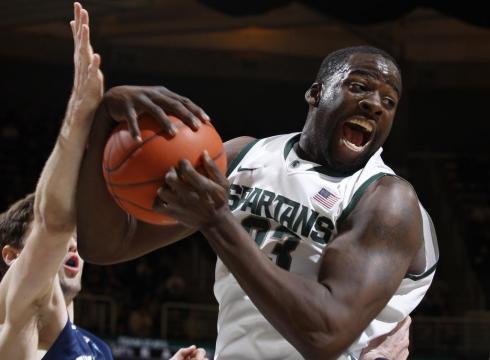Stanford Week: A State Of the Program Address
Posted by Connor Pelton on July 22nd, 2012We’ve been all around the Stanford program in the past week, but we’ve got time for one more post. At the end of every week we like to take a step back and look at the overall state of the program – not just how the team performed last year or is expected to perform next year, but what the long-term prognosis for the program is. At Stanford, while the short-term future appears to be bright (no pun intended), things could take a turn for the worse quickly. As we pointed out earlier this week, before current head man Johnny Dawkins took over in 2008-09, the Cardinal had made 13 out of the last 14 NCAA Tournaments. They haven’t gone dancing since, but the pieces are there to make it back soon enough. The problem in the past four seasons have been mid-season losing streaks. Not only do they usually kill all excitement around the team, but it ruins any chance at gaining an at-large entry into the Big Dance. Let’s take a look at some of these mid-season collapses:

This Photo May Have Been Taken Prior To The 2008-09 Season, But It’s A Scene That Fans Have Seen Many Times In The Past Four Years (credit: Roundball Nuts)
- 2011-12 : Started out the season 15-3, including double-figure victories against Colorado State and Oklahoma State. Then immediately dropped five of their next six, all by double figures.
- 2010-11 : It wasn’t going to be an NCAA Tournament year anyway, but dropping five out of seven games from early January to early February put all postseason dreams to rest.
- 2009-10 : The Cardinal lost five of six games from late January to mid-February, putting a footnote on Dawkins’ worst season on the Farm.
- 2008-09 : By far the worst collapse of Dawkins’ tenure came in his first season. Stanford started out the season with an 11-1 record, picking up home victories against Colorado, Northwestern, Texas Tech, and Arizona, while going on the road and beating Colorado State and Santa Clara. Then, out of nowhere, disaster struck. An NCAA Tournament season became a “scrape-your-way-into-the-CBI” campaign after dropping eight of 10 contests in more than a month-long span.
Terrible. Just terrible. And it happens like clockwork every year.










































